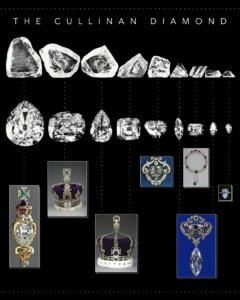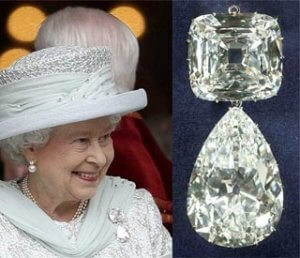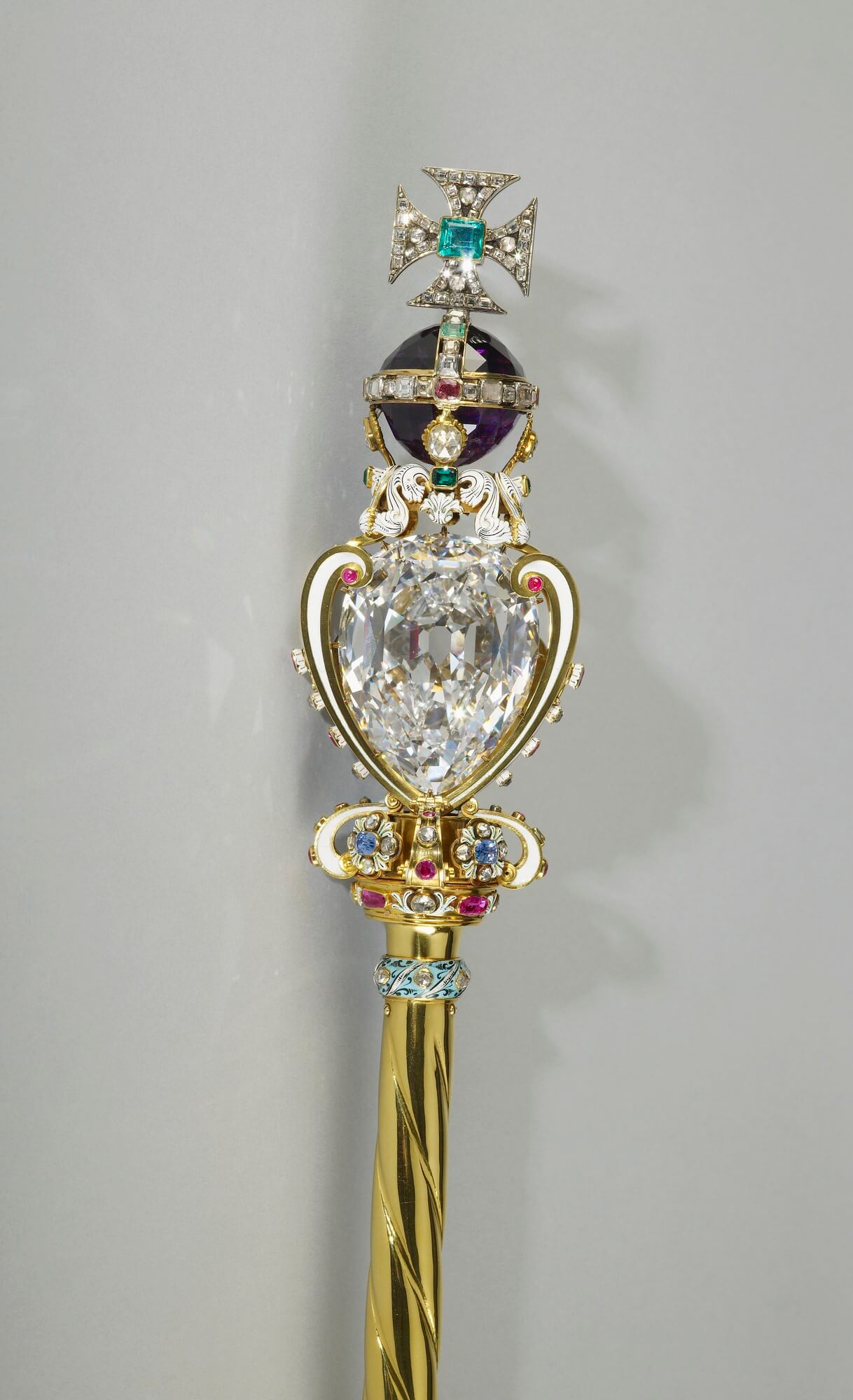The Cullinan
One hundred and ten years ago, on 10th February 1908, history was made as Joseph Asscher began the cutting of the Cullinan Diamond.
The rough diamond had been discovered in 1905, in the rock face of the Premier Mine in South Africa, by the mine-manager, Frederick Wells while on a routine inspection. The mine had only been established in 1902 and the stone was found just 18 feet below the surrounding ground surface.
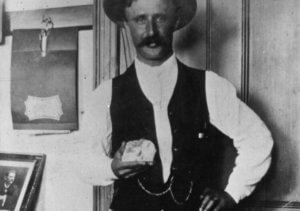
Weighing in at 3,106 carats, it was and is the largest gem diamond ever found. Interestingly the shape suggests that it may have been only a fragment of an even larger stone, but that has never been found. Mr Wells delivered it to Sir Thomas Cullinan, who owned the mine, and he sold it to the Transvaal Colonial Government. It was then presented to King Edward VII who had it shipped to England. Its extraordinary value was a headache for those responsible for its safe passage. A decoy was shipped with security guards by sea while the actual diamond was sent in a plain brown parcel by post.
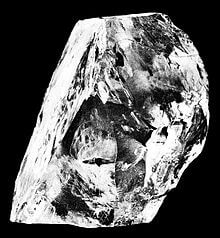
The cutting of the rough diamond into nine major stones and many smaller ones was entrusted to Asscher Brothers in Amsterdam. The stone was studied for months before cutting began. The first action was to cut a channel on the surface into which a cleavage blade was inserted. When the first hammer blow fell, nothing happened to the stone and the blade broke in two, causing Mr Asscher to faint. The second attempt worked, and the stone was split. A diamond crystal is like a piece of wood in so far as it has a grain. Wood can be chopped with an axe along the grain but must be sawn across the grain.
The largest of the nine major stones is known as the Cullinan I or The Star of Africa I and weighs over 530 carats. It is set in the Royal Sceptre and forms part of the Crown Jewels along with Cullinan II. These stones can be seen at The Tower of London. Cullinans III to IX are the property of Her Majesty the Queen and are occasionally exhibited at Buckingham Palace.
